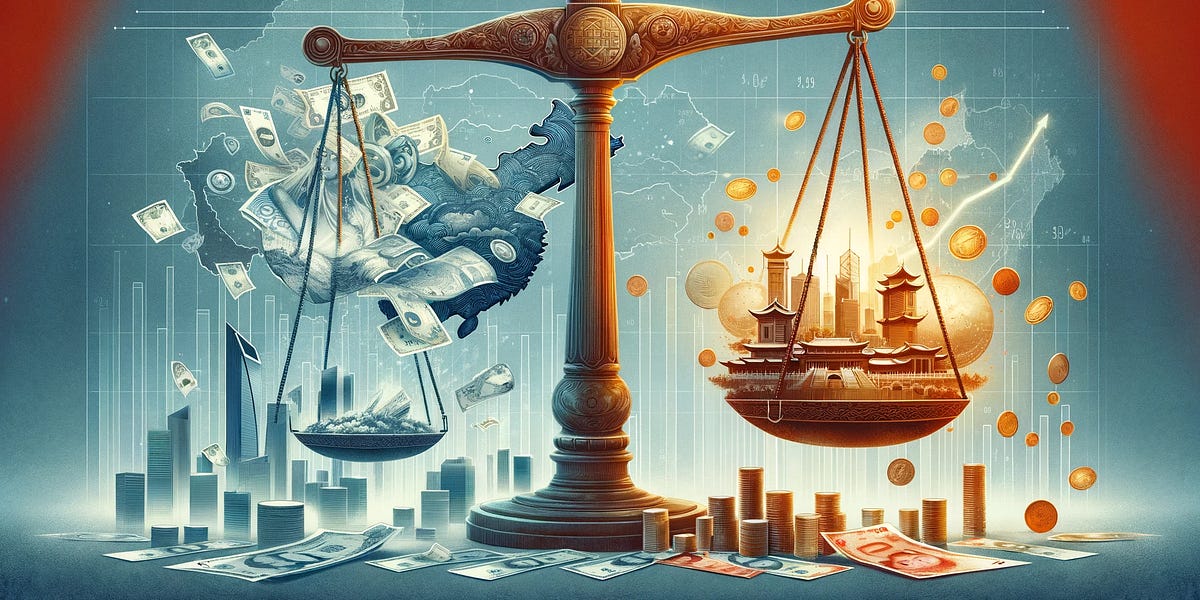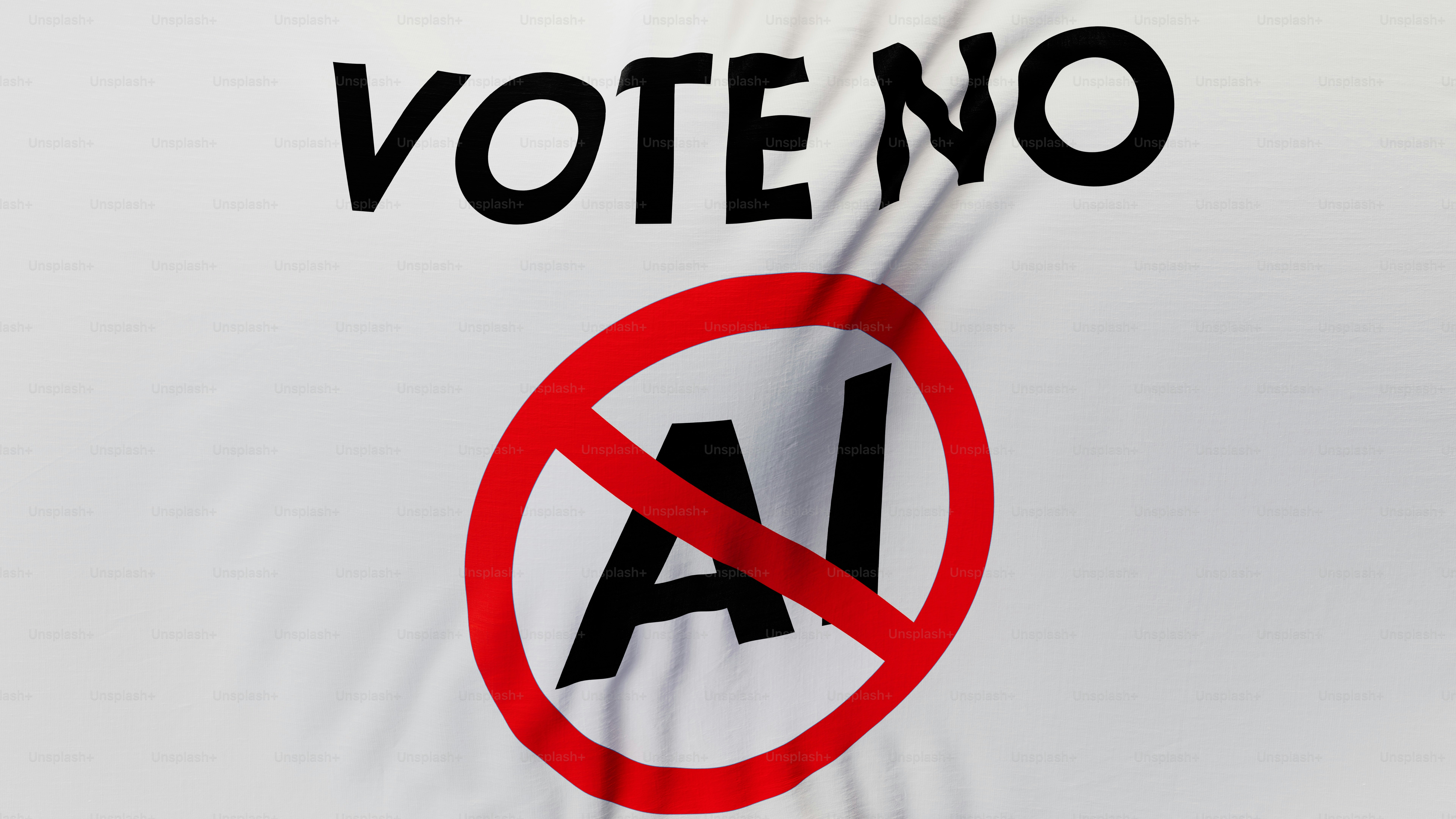China's economy presents a mixed outlook with fluctuating revenue, US trade tensions, and diverse stock performance. A...
Canadian Economy
Massive protests are erupting across the US over federal job cuts, agency dismantling, and deportation policies. This...
Nomura's Lu Ting praises recent Chinese policy interventions for stabilizing markets, yet warns that sustained efforts are...
CNBC's latest survey reveals a steep decline in Trump's economic approval, hitting a new low since his...
Initial jobless claims fell to 215,000, beating expectations and suggesting continued strength in the U.S. labor market....
China's Q1 2025 industrial data is set to be released on April 18th. Expect a deep dive...
South Korea is injecting $8.45 billion into its economy via a supplementary budget, aiming to bolster trade...
Goldman Sachs predicts the Federal Reserve may be forced to reverse course on rate hikes due to...
US Treasury yields are spiking, with the 10-year at 4.47% and the 30-year at 4.93%! This signals...
China’s forex reserves rose to $3.2407 trillion in March, up $13.4 billion. A resilient economy and favorable...













